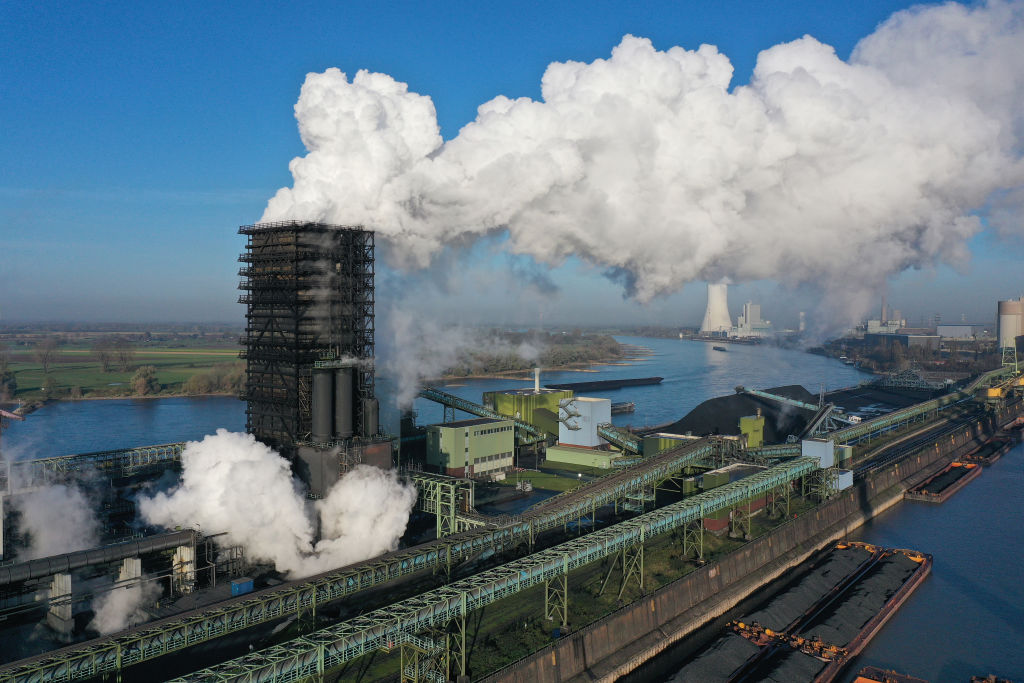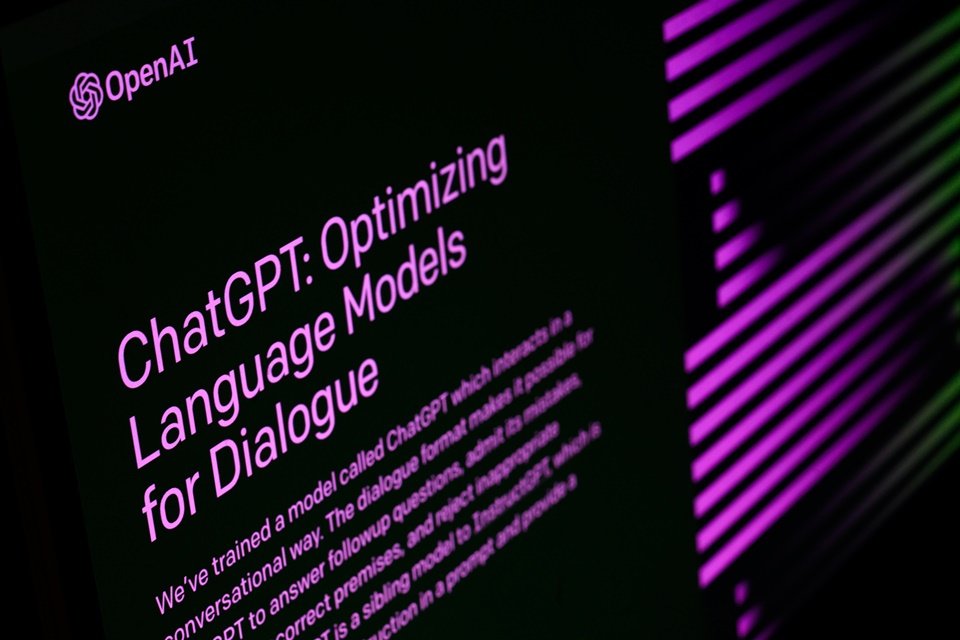The rapid spread of ChatGPT surprised many people. The tool, which already has millions of daily users, has caused several other companies to launch their own solutions, such as Google’s Bard and Baidu’s Ernie Bot.
But, The proliferation of these Artificial Intelligence (AI) platforms has raised concerns among scientists, researchers and professionals in the field. First question addressed The environmental impact that these new technologies will certainly cause.
In an interview with the website wiredAlan Woodward, professor of cybersecurity at the University of Surrey in the United Kingdom, explained that indexing and searching for content on the Internet already consumes a lot of computing power. The process produces results such as carbon burning, which will increase with the increasingly widespread use of AIs.
“Every time we see a change in online processing, we see significant increases in energy resources. [elétrica] and cooling is essential for large machining centers.”
Carlos Gómez-Rodriguez, a computer scientist at the University of Coruña in Spain, explained that only giant companies like Microsoft, Google and others have managed to train so-called large language models (LLMs).
The activity of “teaching” AI how to respond to human interactions involves analyzing a huge database. According to the statements of independent analysts, this complex process may have caused the training of GPT-3 (the platform on which ChatGPT is based) to consume approximately 1,287 MWh and emit more than 550 tons of carbon dioxide equivalent.

“It’s not that bad, but you have to reckon [o fato de] you don’t just have to train, you have to run and serve millions of users,” added Gómez-Rodriguez wired.
larger scale
Education of new parameters (ChatGPT contains only real-world information until 2021) and scalability of vehicles for more users can increase energy expenditure and pollutant emissions there.
“If they’re going to retrain the model frequently and add more parameters and materials, that’s a whole different scale,” Martin Bouchard, co-founder of Canadian data center company QScale, also said in an interview.

Bouchard also argued that existing data centers will not be able to meet the requirements of these updates, and therefore technology companies will have to scale up their infrastructure. Data centers currently account for about 1% of greenhouse gas emissions, according to the International Energy Agency.
“It’s certainly not as bad as transportation or the textile industry,” says Gómez-Rodriguez. “However [IA] can make a significant contribution to emissions.”
The new GPU shortage?
In addition to the major sanitary and health crisis, the covid-19 pandemic has affected various sectors of the economy. One of these was the tech market, where GPUs were scarce as one of the main signs of change in the behavior of people (for example, who started to spend much more time at home and had to buy computers).
Production of GPUs is moving towards normalcy as more restrictive measures become rarer in most countries. But, experts predict that the proliferation of AIs could bring back the video card shortage problem.

According to an estimate made by forbes, integrating AI into every Google search performed may require the activity of 4,102,568 Nvidia A100 GPUs and 512,820 A100 HGX servers. The cost of all these plates will not be less than US$100 billion (approximately R$522 billion).
Obviously, this transaction will not be this way, as financial transactions are not possible. But the idea is that ChatGPT has the power to have an unexpected impact on the GPU industry by educating its “brothers and cousins” and itself.
Source: Tec Mundo
I am a passionate and hardworking journalist with an eye for detail. I specialize in the field of news reporting, and have been writing for Gadget Onus, a renowned online news site, since 2019. As the author of their Hot News section, I’m proud to be at the forefront of today’s headlines and current affairs.










